15 U.S. Mountains And National Parks Where You’re Most Likely To Spot A Rare Big Cat

Imagine hiking through a forest trail when suddenly you glimpse a shadow with golden eyes watching you from the trees.
America’s mountains and national parks are home to some of the most elusive predators on the continent – wild cats. From mountain lions to bobcats and the occasional jaguar, these magnificent creatures roam our wilderness areas, though spotting one requires patience, knowledge, and a bit of luck.
1. Glacier National Park, Montana
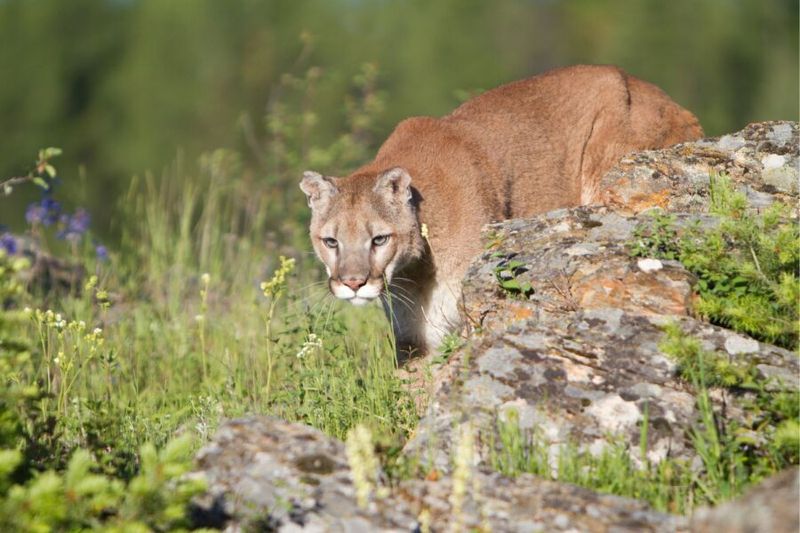
Hidden among Montana’s rugged peaks lives one of the densest mountain lion populations in the country. These stealthy cats roam the park’s million acres, hunting deer and elk across diverse landscapes.
Dawn and dusk offer the best chances for a sighting along quiet trails in the Many Glacier area. Rangers recommend scanning rocky outcroppings where these tawny predators rest between hunts.
2. Saguaro National Park, Arizona
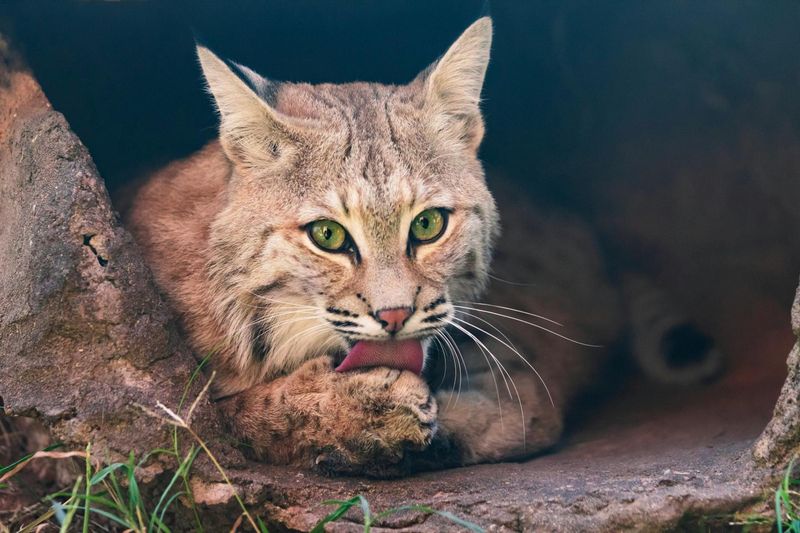
Among towering cacti and desert scrub, bobcats prowl these arid landscapes with surprising frequency. Unlike their larger cousins, these adaptable felines don’t mind human presence quite as much, making sightings more common.
The Rincon Mountain District offers excellent viewing opportunities, especially near water sources during early morning hours. Their distinctive spotted coats blend perfectly with dappled desert shadows.
3. Olympic National Park, Washington

Rumors of mountain lions echo through Olympic’s ancient forests. The park’s massive size and varied ecosystems create perfect hunting grounds for these secretive predators.
Hikers along the Hoh River Trail occasionally report glimpses of America’s second-largest cat. Their presence is often betrayed by scratch marks on trees or the eerie silence that falls when smaller animals sense a predator nearby.
4. Big Bend National Park, Texas
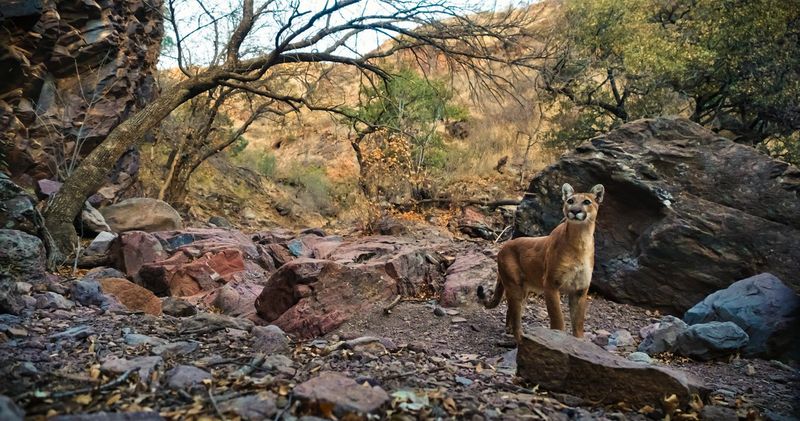
Straddling the Mexican border, this remote wonderland occasionally hosts jaguars – the largest cats in the Americas. Though extremely rare, verified sightings have thrilled wildlife enthusiasts in recent years.
The Chisos Mountains provide essential habitat for mountain lions too. Rangers suggest exploring the Window Trail at first light when big cats sometimes venture near water sources after night hunts.
5. Everglades National Park, Florida

Florida panthers make their last stand in this vast river of grass. With fewer than 200 remaining in the wild, spotting this critically endangered subspecies of mountain lion requires extraordinary luck.
The Anhinga Trail occasionally yields sightings, though tracks in mud are more common than actual encounters. These shy cats prefer the remote backcountry where human disturbance is minimal.
6. Coronado National Forest, Arizona

Nestled along the Mexican border, these rugged mountains harbor occasional jaguars that wander north from breeding populations in Mexico. Motion-sensing cameras have captured stunning images of these spotted giants in recent years.
The remote Chiricahua Mountains offer the best chance for jaguar sightings, though you’re still more likely to encounter the resident bobcats and mountain lions that thrive in these diverse habitats.
7. Yellowstone National Park, Wyoming
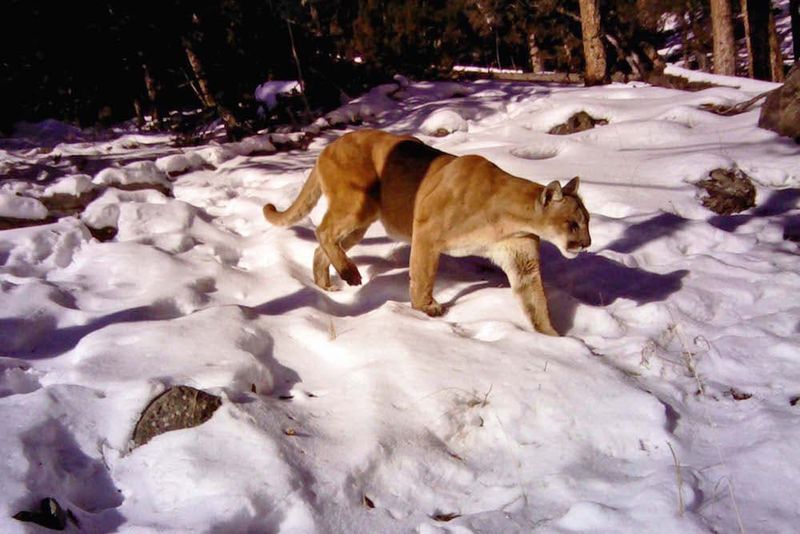
America’s first national park hosts a healthy population of mountain lions that stalk the edges of bison and elk herds. Winter offers better tracking opportunities when fresh snow reveals their movements.
The Lamar Valley, famous for wolf watching, occasionally delivers mountain lion sightings too. Early morning wildlife tours sometimes spot these tawny predators slinking across open meadows or ridgelines.
8. Santa Monica Mountains, California
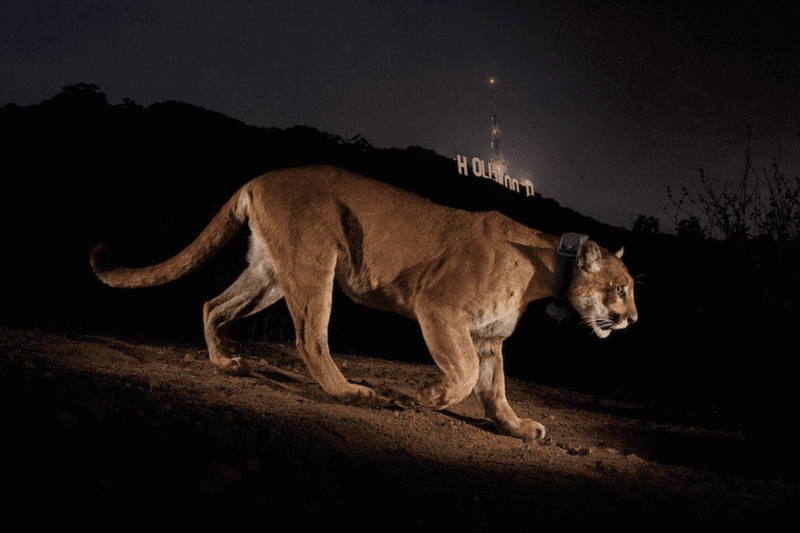
Just minutes from Los Angeles, these urban-adjacent mountains support a struggling population of mountain lions that scientists track closely. The famous P-22 lived for years in Hollywood’s Griffith Park, becoming a celebrity cat.
Backbone Trail offers potential sightings for lucky hikers, especially in less-traveled sections. Evening hours provide better chances as these nocturnal hunters begin their nightly rounds.
9. Organ Mountains-Desert Peaks, New Mexico
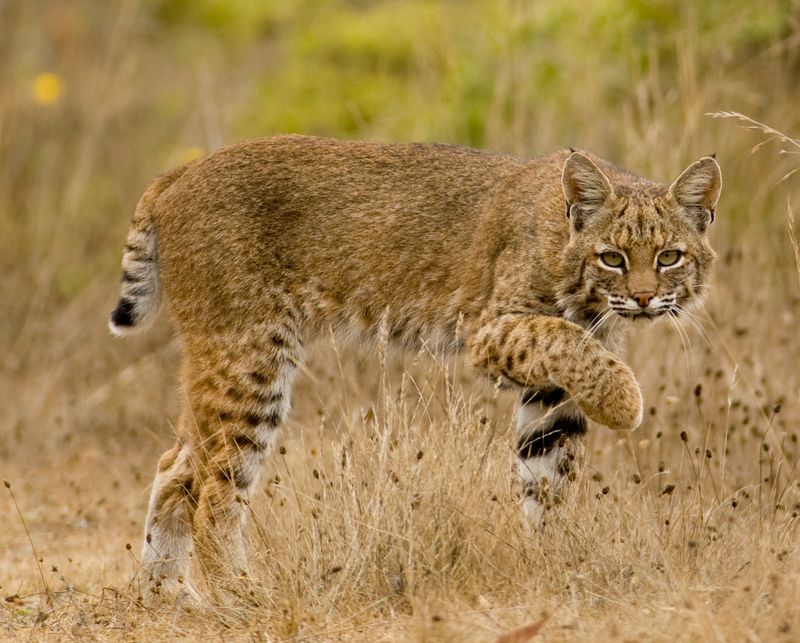
These dramatic peaks near Las Cruces harbor all three of America’s wild cat species – mountain lions, bobcats, and the occasional wandering jaguar from Mexico. The rugged terrain provides perfect hunting grounds and denning sites.
Dripping Springs Natural Area trails sometimes yield bobcat sightings, particularly near dawn. Look for tracks along sandy washes where cats patrol for prey during nighttime hunts.
10. Gila National Forest, New Mexico
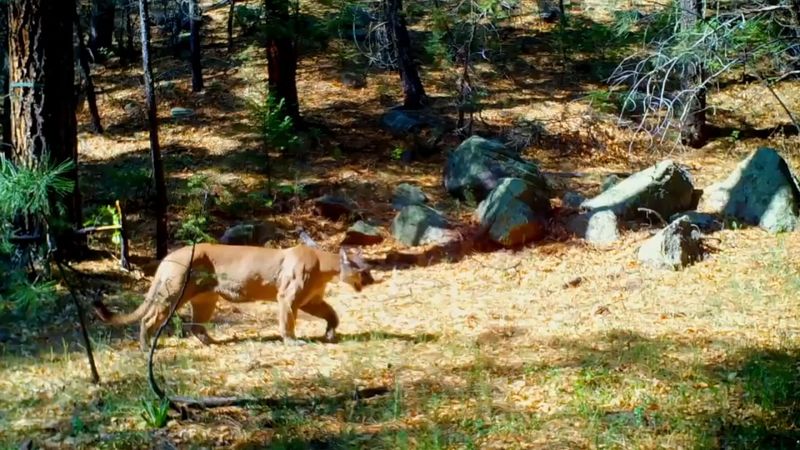
Ancient volcanic landscapes and remote wilderness areas make this forest prime big cat territory. The last confirmed jaguar breeding population in the U.S. once roamed these mountains before disappearing in the mid-1900s.
Mountain lions remain common here, patrolling vast territories. The Gila Wilderness, America’s first designated wilderness area, offers solitude and the chance to glimpse these magnificent predators in truly wild surroundings.
11. Great Smoky Mountains National Park, Tennessee/North Carolina
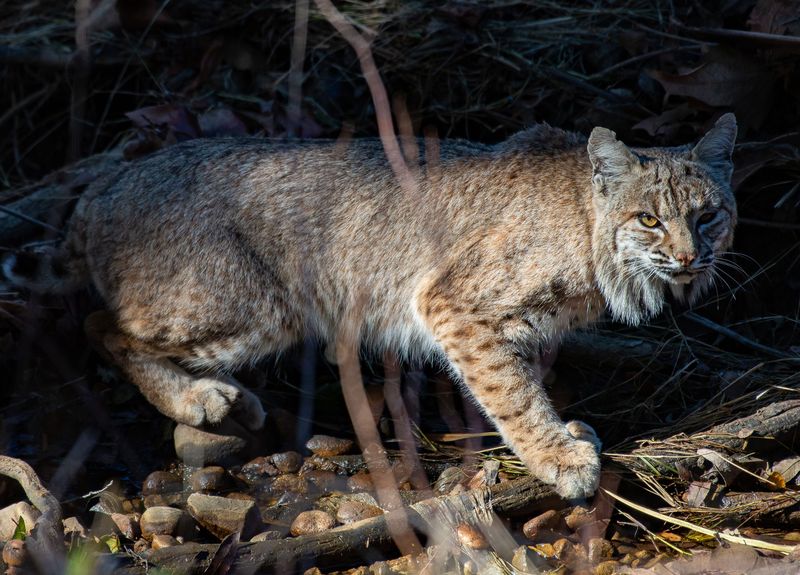
America’s most visited national park harbors a shy population of bobcats that roam its misty forests. Far smaller than mountain lions, these adaptable cats hunt rabbits and rodents throughout the park’s diverse habitats.
Cades Cove Loop Road offers occasional sightings, especially during quieter winter months. Early morning drives before crowds arrive provide the best opportunity to spot these tufted-eared predators hunting in meadows.
12. Sequoia and Kings Canyon National Parks, California

Beneath towering ancient trees, mountain lions patrol vast territories in these connected parks. The remote backcountry hosts healthy populations that rarely encounter humans.
High country trails sometimes yield fleeting glimpses during summer months. Winter tracking reveals their presence more readily, with massive paw prints showing how these powerful predators navigate deep snow in pursuit of deer.
13. Chisos Mountains, Big Bend National Park, Texas
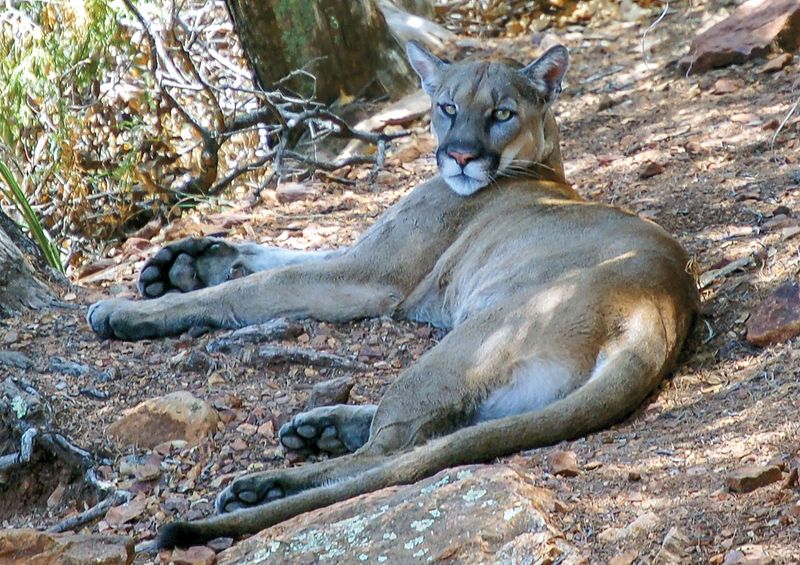
Rising like an island from the Chihuahuan Desert, these mountains form a cool refuge where mountain lions thrive. The limited water sources concentrate wildlife, increasing chances for predator sightings.
Boot Canyon Trail occasionally yields encounters, especially near dawn. Park rangers track mountain lion movements, posting recent sighting locations at visitor centers to help wildlife enthusiasts (or warn the wary).
14. Guadalupe Mountains National Park, Texas

Texas’ highest peaks harbor a surprising number of mountain lions that roam these arid slopes. The remote location and limited visitation mean these cats experience minimal human disturbance.
McKittrick Canyon offers potential sightings, particularly during fall when colorful foliage attracts photographers. Rangers note that mountain lions often follow deer herds, so areas with abundant deer provide better chances for glimpsing these tawny predators.
15. Okefenokee National Wildlife Refuge, Georgia

Deep in Georgia’s famous swamp, bobcats prowl ancient cypress forests and marsh edges. Unlike mountain lions, these smaller cats adapt well to wetland environments, hunting waterfowl and small mammals.
Canoeing the refuge’s waterways sometimes yields surprising encounters when bobcats cross between islands. Their distinctive tracks in mud reveal their presence even when the cats themselves remain hidden among thick vegetation.






